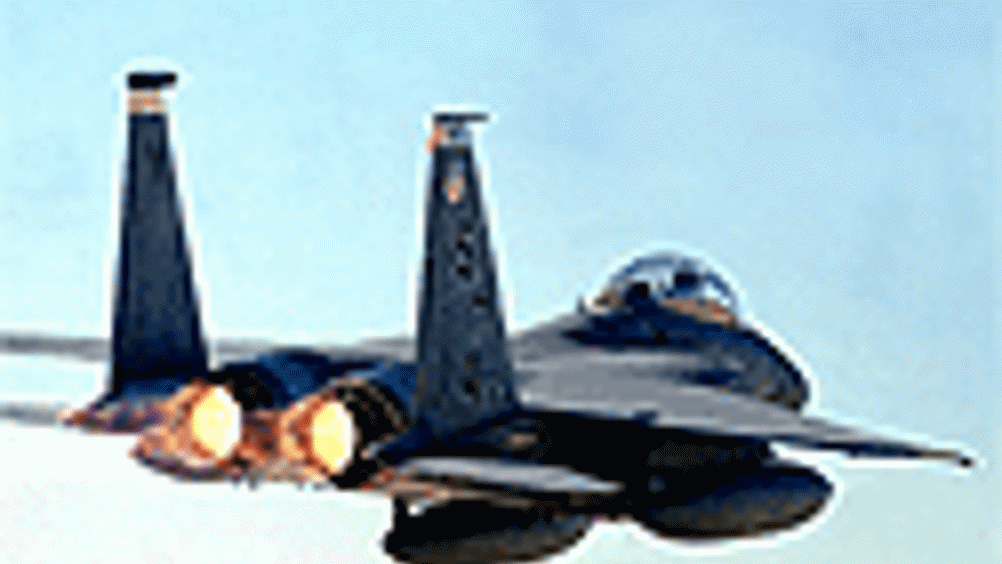Success for SALTI
The US Defense Advanced Research Projects Agency announced recently that researchers have produced a synthetic aperture image from an airborne laser radar.

The
(DARPA) announced recently that researchers have, for the first time, produced a synthetic aperture image from an airborne laser radar, also known as “ladar”.
Up until this time, only radar has been able to generate a synthetic aperture image. Synthetic apertures use digital signal processing and aircraft motion to generate very high-resolution imagery from relatively small physical apertures.
The achievement is the culmination of the first phase of DARPA’s Synthetic Aperture Ladar for Tactical Imaging (SALTI) program, which is aimed at applying radar image collection and processing technology to optical wavelengths.
“Synthetic aperture laser radar technology satisfies the critical need for reliable, long range battlefield awareness. An image that takes radar tens of seconds to produce can be produced in a few thousandths of a second at optical frequencies,” explained Dr. Jennifer Ricklin, DARPA program manager for SALTI. “While radar waves respond to macroscopic features such as corners, edges, and facets, laser waves interact with microscopic surface characteristics, which results in imagery that appears more familiar and is more easily interpreted.”
Register now to continue reading
Thanks for visiting The Engineer. You’ve now reached your monthly limit of news stories. Register for free to unlock unlimited access to all of our news coverage, as well as premium content including opinion, in-depth features and special reports.
Benefits of registering
-
In-depth insights and coverage of key emerging trends
-
Unrestricted access to special reports throughout the year
-
Daily technology news delivered straight to your inbox










Water Sector Talent Exodus Could Cripple The Sector
Maybe if things are essential for the running of a country and we want to pay a fair price we should be running these utilities on a not for profit...